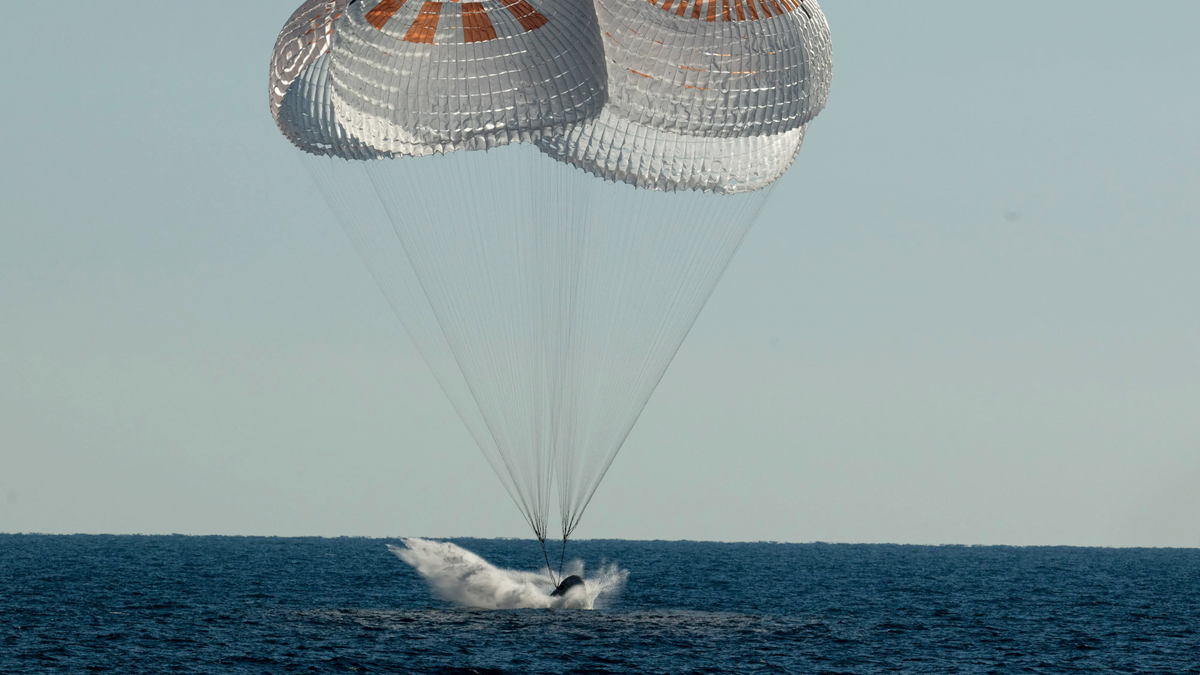Coolness recovery in air conditioning has become increasingly important in recent years. It is used in HVAC systems and in summer heat recovery supplements.
Like heat recovery, cold recovery contributes to energy savings: the need for cooling capacity in the building is visibly reduced. GSWT® Heat Recovery Technology components can also be used to restore coolness since the cooling process is automated. Recovering from the cold is becoming more attractive as a method of air conditioning for businesses, hospitals, schools and municipal buildings.
But what’s behind recovering from a cold?
In buildings where comfort or thermal requirements are increased, air conditioning systems are used, which cool the outside air accordingly. Heat can be dissipated from the room with the temperature difference between the supply air and the exhaust air. To cool the outside air, it is usually cooled in air conditioning systems with mechanically generated coolant. Depending on the degree of cooling and dehumidification, this means between 2 kW and 9 kW / 1,000 m³ / h. The resulting cooling and re-cooling technology along with the necessary installations lead to increased investment and operating costs. With energy prices constantly rising, there is a need for highly efficient and economical solutions. SEW® offers future-proof solutions for this:
Indirect adiabatic evaporative cooling (IAVK)
In the summer, the heat recovery system usually does not have a function. Simple cold recovery can only be performed when the outside temperature is higher than the temperature of the extracted air. Depending on the rate of heat recovery, 3-5 K can be pre-cooled. To increase the effect, the exhaust air can be humidified. As with rain, the temperature drops and the transferable cold cools the outside air by 7-11 K.
There are two important conditions here:
- Germ- and contaminant-free heat transfer so that germs and bacteria growing in warm, humid climates are not transferred to the supply air. A closed circuit system with a GSWT® heat exchanger is specified for this purpose.
- Pure evaporation without spraying or mist formation. SEW® uses a hydrating body here, where water is sprayed and only H2O particles evaporate. The so-called legionella, which may be present in the water, does not enter the air or the environment (cooling tower effect).
Without splashing, water does not enter the fins of the heat exchanger. This means that there is no risk of the WRG heat exchanger rotting or destroying it.
The IAVK can be supplemented with integrated aftercooling via a plate heat exchanger or via the refrigeration function of the refrigeration machine. IAVK extension investments are much cheaper than those of a coolant. In addition, the required electrical power is much less.
If a 1 kW refrigeration machine (including a refrigeration unit) generates about 3 kW of cold, a 1 kW GSWT® system can generate up to 13 kW of cold, four times more!
Main water with a hardness of up to 12 ° C or “diluted” water can be used for hydration.
IAVK offers three main advantages:
- Investment savings by reducing the refrigeration machine and re-cooling plant until the complete removal of refrigeration technology.
- Significantly lower electrical conductivity for the cooler and re-cooling station.
- An effective barrier against extremely hot outdoor air conditions, even at more than 40°C, the supply air is (pre-cooled) to 25-26°C. This means that there is no overheating of the cooling system.
source: sewing

“Certified tv guru. Reader. Professional writer. Avid introvert. Extreme pop culture buff.”






More Stories
AI-powered traffic lights are now being tested in this city in Baden-Württemberg.
The use of artificial intelligence in companies has quadrupled
AI Startup: Here Are Eight Startup Ideas